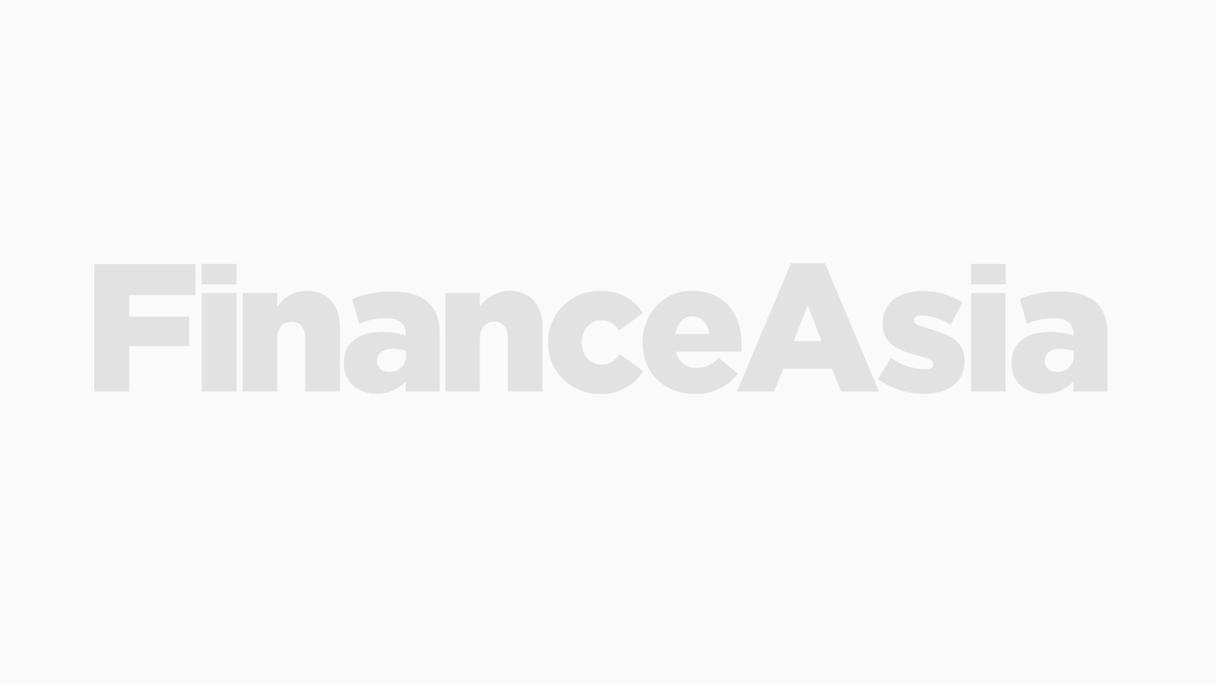When the Carlyle consortium initially bought its controlling 40.5% stake in Koram Bank in October 2000, it had been codenamed 'Project Goldfinger', after the James Bond movie.

When the Carlyle consortium initially bought its controlling 40.5% stake in Koram Bank in October 2000, it had been codenamed 'Project Goldfinger', after the James Bond movie.
Free Registration & 7-Day Trial
Register now to enjoy a 7-day free trial - no registration fees required. Click the link to get started.
Note: This free trial is a one-time offer.
Questions?
If you have any enquiries or would like a quote for a team or company licence, please contact us at [email protected]. Our subscription team will be happy to assist you.